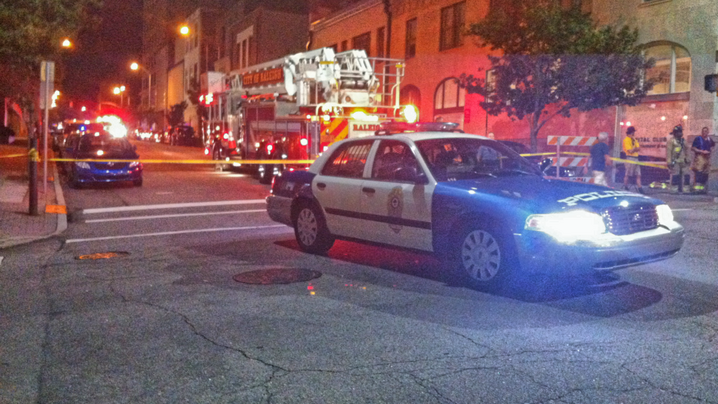
by Elizabeth Kellar, director, public policy, ICMA; and senior fellow, Center for State and Local Government Excellence
Minutes and training count. An Illinois man fired dozens of shots into a morning Congressional baseball practice in Alexandria, Virginia, critically injuring Representative Steve Scalise and wounding four others, including the two Capitol Hill police who confronted him.
Impressively, Alexandria first responders arrived on the scene in three minutes, joining the Capitol police in their battle with the shooter, calling for a Medivac to transport Representative Scalise, securing the area, and transporting the other victims to area hospitals. The shooter died on the scene.
In London, it took the police just eight minutes from the time that a van careened into innocent pedestrians on London Bridge until they killed the attackers who had fled the van to stab other victims in the Borough Market. Seven victims died in the attacks and 48 others were injured, some of them critically.
As horrifying as these attacks were, many lives were saved because the police responded quickly and professionally. Extensive training, often informed by earlier encounters with attackers intent on mass casualties, has made a difference.
Following the Great Recession, many police departments cut back on community policing efforts. The Center for State and Local Government Excellence reports in its June 2017 workforce trends report that public safety jobs are among those most difficult to recruit.
ICMA has developed a range of resources to help members address gun violence and to tackle underlying societal tensions, such as the lack of civility in political discourse.
- Know the protocols. The policy outlined in this document is meant to establish baseline agency/department protocols across the federal government for active shooter situations. Due to the nature of an active shooter event, this document contains guidance for all who might be involved, including law enforcement agencies, facility tenants, and the public.
- Be prepared for the unpredictable. The article, Shots Fired! Is Your Community Ready for an Active Shooter?, offers a guide for preparation, prevention, and response actions of local government for active shooter situations
- Read this free for members e-book, Building Resilient Communities During Disruptive Change - Part 2: Public Safety, which provides advice, lessons learned, and case examples of public safety during times of change and disruption.
- Understand what managers need to be doing to address not only deadly-force incidents but also, more broadly, the issues associated with police–citizen relationships in this article.
- Get ideas in this article on how best to keep protests from turning violent.
- Learn about relations with the protestors, concerns, management approaches, permit requirements, location of protestors, encampments, and other descriptive information in this survey.
- Master how to build trust and deepen police community relationships with this slideshow.
- Refer to these examples of community policing concepts.
- In times of disruptive change, outdated policing performance metrics can add to tensions in the community and create added stress in police/community relations. Review this checklist to determine if your police metrics are reflecting changing circumstances.
- Our strategic partner Peak Democracy shared these best practices for dealing with uncivil online behavior.
New, Reduced Membership Dues
A new, reduced dues rate is available for CAOs/ACAOs, along with additional discounts for those in smaller communities, has been implemented. Learn more and be sure to join or renew today!
